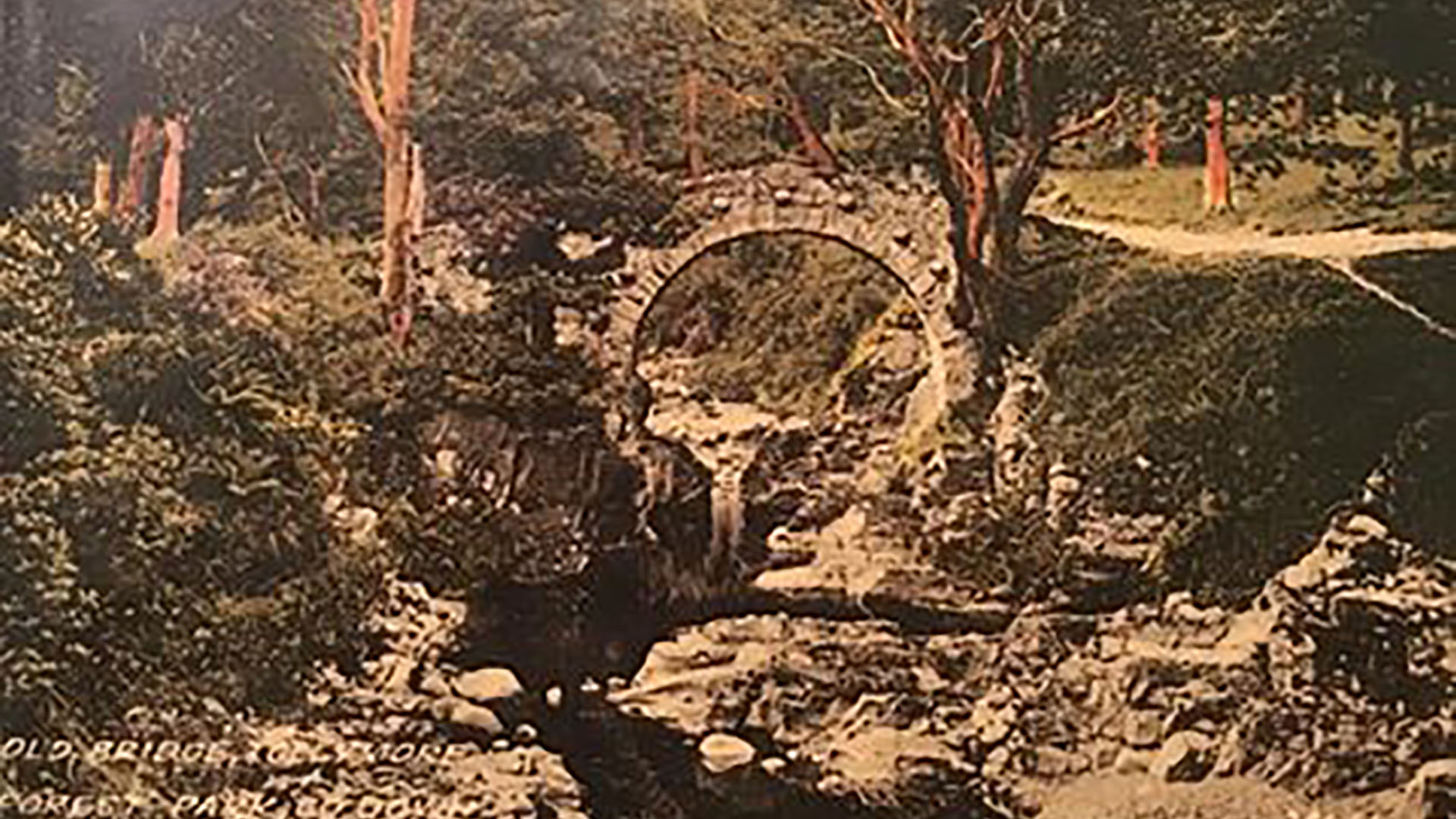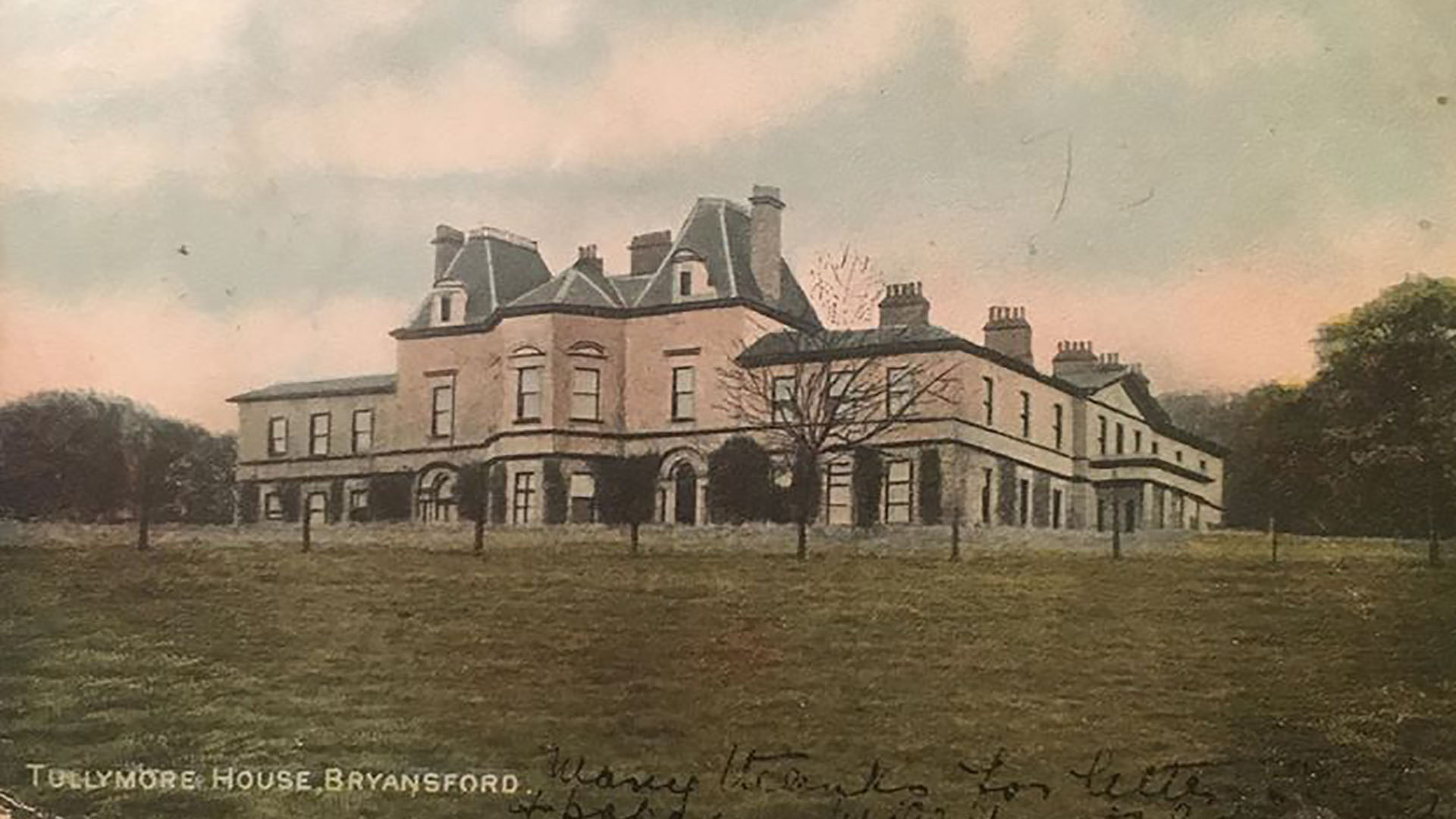The picturesque Tollymore Forest Park in Bryansford, Co. Down covers an area of some 600 hectares. The forest occupies a hillside near the town of Newcastle at the foot of the Mourne Mountains. Features of the 18th Century estate include spectacular ancient redwoods and Gothic stone arches.
There are many well-maintained walking trails throughout the forest park. The terrain is often uneven and challenging. A walk through the park offers scenic views of the Mourne Mountains and the Shimna River.
Tollymore Forest Park includes many garden follies such as a barn styled as a church. Entrances feature impressive gates and pillars designed by Thomas Wright of Durham. Most follies including the famous Hermitage were for Lord Clanbrassil who owned Tollymore in the 1700s.
Tollymore on TV
In the hit HBO television show, Game Of Thrones, Tollymore Forest Park features as The Haunted Forest in Westeros. The beautiful Altavaddy Bridge is recognisable by fans of the show. In season one, it’s from the forest that the White Walkers begin their march into the realm of men. Three men of the Night’s Watch encounter the first of the White Walkers.
Viewers may also remember Ramsay Snow – the “Bastard of Bolton” – hunting Theon Grevjoys through the woods. The Starks discovered the young Direwolves here too and it’s within the woods of Tollymore, that Ned Stark also finds the dead stag in a memorable scene.
Wartime Tollymore
For much of the 19th and early 20th Century, Tollymore Park belonged to the Roden family. In 1930, it was partly sold to the Department of Agriculture for afforestation. The department purchased the rest of the site in 1941. The early 1940s brought many changes to Northern Ireland and an influx of US Army units to Co. Down.
Billets for 5th Infantry Division US Army dotted much of South Down. Officers stayed in the now demolished Bryansford House and the premises held dinner dances.
American Forces
The following American forces were based in Bryansford House, Co. Down between 1942 and 1944. If you have more information, please get in touch.
| Start Date | End Date | Units |
|---|---|---|
| 11th June 1942 | 31st October 1942 | 47th Armored Medical Battalion, 1st Armored Division |
| 15th February 1944 | 10th July 1944 | 5th Infantry Division Headquarters |
| 4th May 1944 | 3rd Platoon, Company F, 28th Cavalry Reconnaissance Squadron (Mechanised) | |
| 26th May 1944 | 30th June 1944 | General Assignment Unit 12, 166th Signal Photographic Company |
| 12th June 1944 | 4th July 1944 | General Assignment Unit 6, 166th Signal Photographic Company |
| 5th Signal Company, 5th Infantry Division |
The Haunted Forest
Several American military men observed the ghost of ‘The Blue Lady’ on the grand staircase. Legend says the spectre is searching for her husband and now wanders the forest since the 1952 demolition of the Roden family home.
And in this Park the Roden Home where the eagle used to soar but now the house has tumbled down and the Blue Lady haunts no more. Beneath the oak and copper beech, the stag hid from his foe for the huntsman with his hounds did ride where the Shimna Waters flow.
From ‘Where the Shimna Waters Flow’ by Alexander Taylor.
There may not be much World War Two history left to show in Tollymore Forest Park, but it’s a beautiful place to visit. Be sure to enjoy the spectacular scenery as seen in Game of Thrones and unchanged from what would have greeted the GIs in the 1940s.

